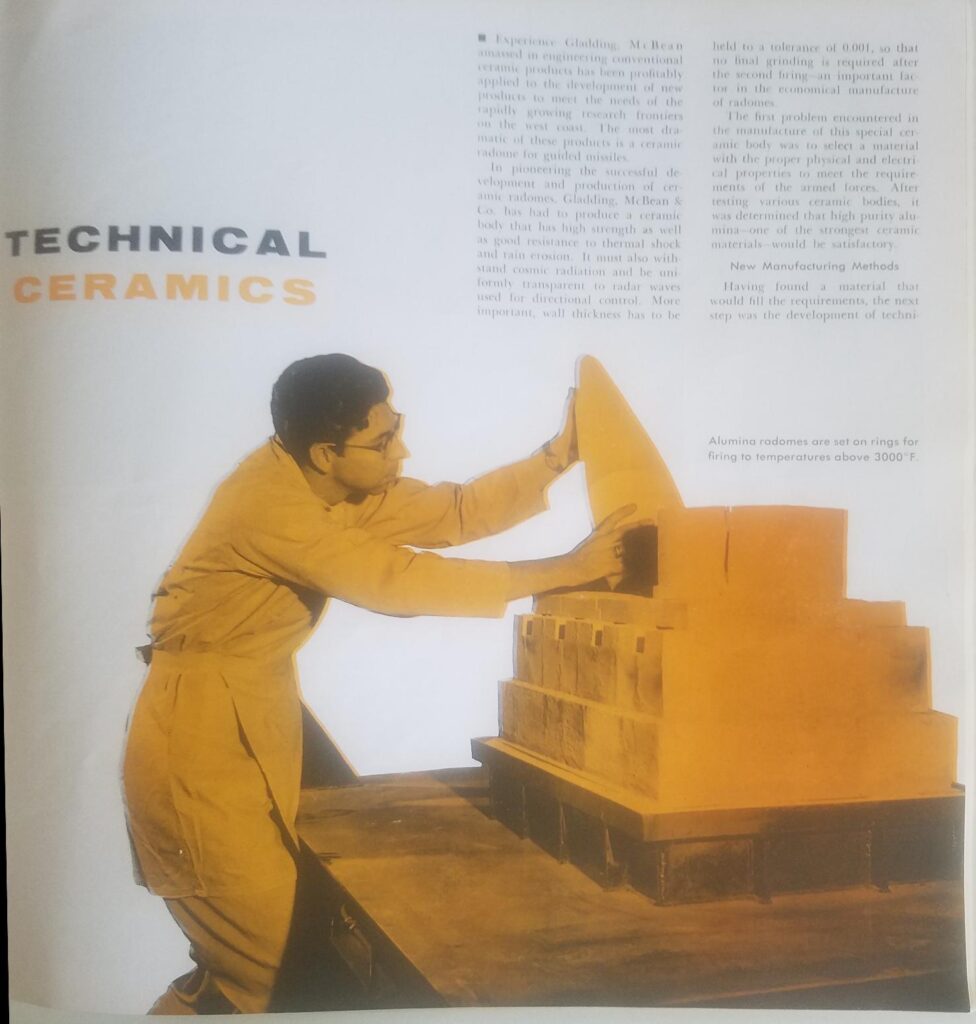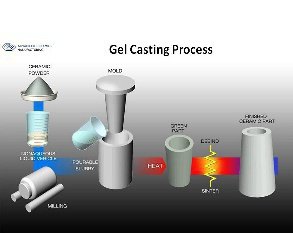Corningwaretm is an example of a monolithic material similar to that used for ceramic nose radomes being a single layer inherently limits the bandwidth of the radome due to the physics of rf energy propagation.
Ceramic radome material.
Silicon nitride si3n4 ceramic is a promising ultra high speed 5 mach broadband 1 18 ghz radome material because of its excellent high temperature resistance good mechanical and dielectric.
The glass ceramic material produced by corning since the 1950s is opaque gray in color and has high strength high elastic modulus and uniform dielectric properties.
That is made from a single layer of material.
This effort will leverage nanosonics rapidly evolving polymer derived ceramic hybridsil nanotechnology which has demonstrated thermo.
The radome is the most widely used ceramic matrix composite material in missile structure.
Different nose cone shapes of missile radomes are also important.
In all radome applications polyurethane foams offer an effective solution for cost effective materials that are both versatile and robust.
The signature characteristics of nanosonics radome materials will be selectively tuned through the covalent integration of inner multiband frequency selective surfaces containing platinum patch elements.
Ceramic material is the preferred material for missile radome because of its excellent mechanical thermal and electrical properties.
Ceramic materials show variational properties with sintering time temperature and other additives.
Corning produces a proprietary material corning pyroceram for use in missile radomes.
The missile radome is located at the front end of the missile.
The flexural strength dielectric constant and loss tangent values of various ceramic materials used in the development of radomes are important in the selection of radome materials.









